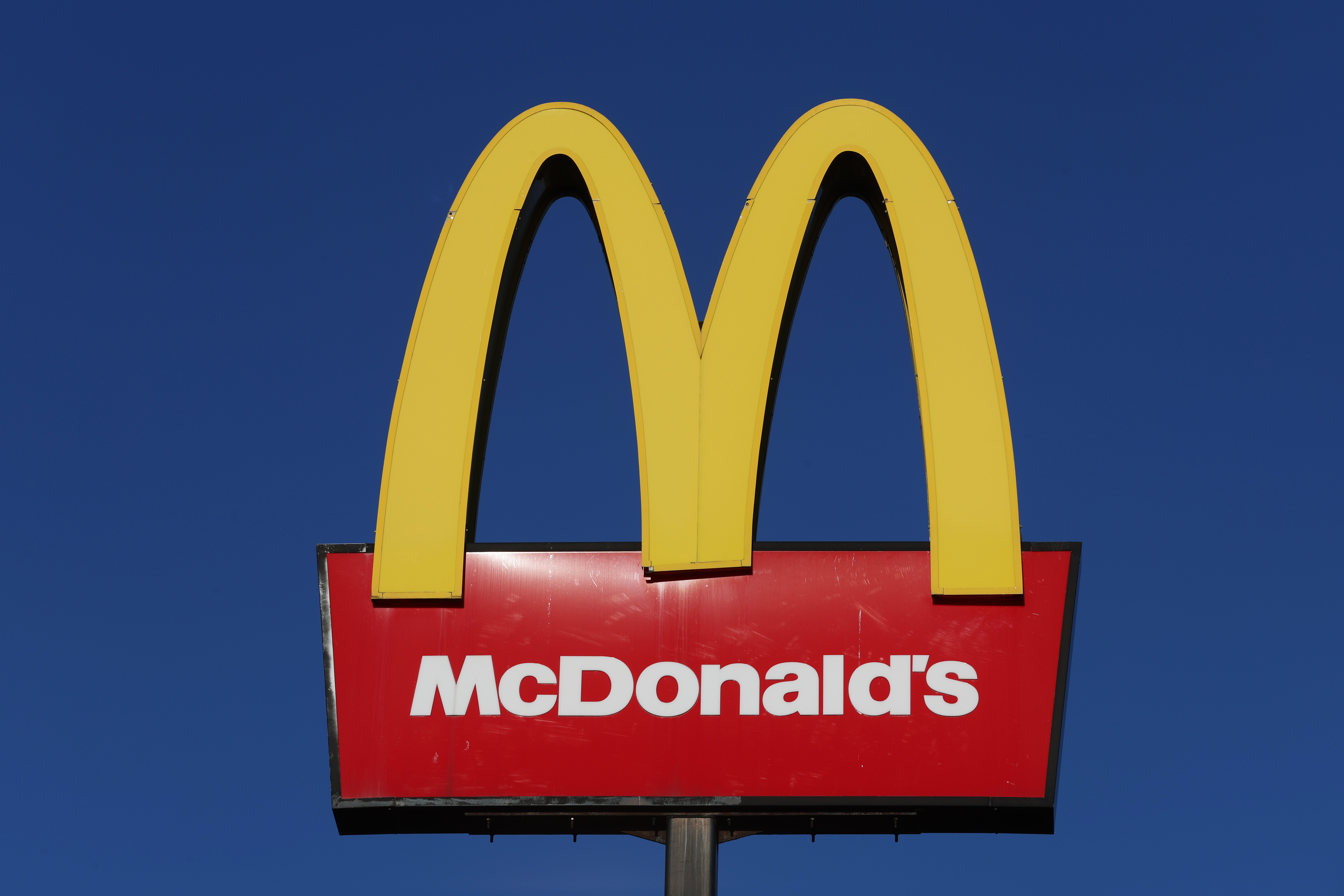All the biggest moments in NFL history - including every single Super Bowl - have all had the same connection to Chicago.
Two companies in the city have worked together for decades to make all the footballs for the NFL, including the ones for Thursday's game between the hometown Bears and the Green Bay Packers.
Those footballs for Thursday's game - the kickoff to the NFL's 100th season - have been specially made by Wilson Sporting Goods and Horween Leather Company to commemorate the occasion.
"We’ve been making footballs since the NFL started," said Kevin Murphy, of Wilson Sporting Goods.
Headquartered in Chicago, Wilson has always made footballs for the league. Former Chicago Bears owner George Halas helped formalize that relationship in 1941.
"George Halas proposed Wilson be the official ball of the NFL," Murphy continued. "We’d been with them a long time already but he put it in stone."
Also part of that agreement? Halas made sure that the leather for the footballs came from another Chicago company.
"It was the connection between my grandfather and Mr. Halas that led us down the path to develop a leather that was considered better for making footballs," said Skip Horween, of Horween Leather Company.
Horween now runs his family's leather company, which makes not only leather for footballs but for other various products as well - including basketballs for the NBA.
Horween's grandfather and great-uncle both played football at Harvard University and later in the NFL for the Chicago Cardinals.
"They both went on to play pro for the Cardinals and during that time they met George Halas," Horween recounted.
Local
Horween Leather makes the footballs first by spraying dye on cowskin. After drying out to the right color, texture is then pressed onto the cowskin.
Pigskin is never used – but that nickname stuck because footballs used to be inflated with a pig’s bladder on the inside. The misleading moniker doesn't bother Horween though.
"I mean, it’s really funny; you can win a lot of trivia contests that way, right?" he said.
Cowskin – or steer skin to be specific – has always been used to make footballs to the NFL's specifications, which have evolved over the years.
"Over the years, the color has changed some, for example, and the softness or the firmness of the leather has changed some," Horween said.
Horween also stamps tiny Wilson W's on the leather before sending it to Wilson’s factory in Ohio. That’s where the footballs are stitched together by hand – about 700,000 a year.
Those footballs then usually get broken in by each NFL team's equipment manager - often to the quarterback's specific preferences.
"One quarterback might like it close to new like this, another quarterback might like it more broken in," Murphy said.
"People will put a little bit of mud on it and brush the ball and break it in and what that does is just help condition the leather," he continued, adding, "We honestly don’t always recommend those things."
Another change in the way the footballs are made? Wilson has added microchips inside the balls to give teams more player data. Wilson also says they’ve made the footballs easier to grip, despite occasional complaints from players over the years.
"What we try to do is just make it so Odell Beckham can make a three-fingered catch," Murphy joked. "I’d say you know we did a pretty good job on that one."



